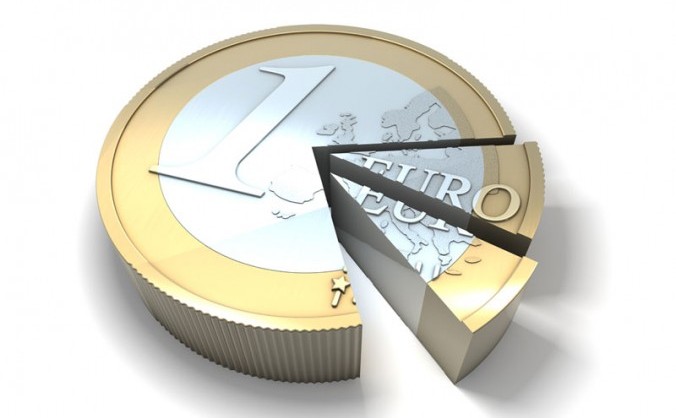Differently than Russia/West crisis, the problem of deflation in Europe is far more structural of an issue, likely to hold the stage for the foreseeable future.
As often stated, we believe Europe looks like Japan in the early 90’s. Similarly to Japan, Europe has few unmistakable connotations at interplay:
– High level of indebtedness, drawing resources away from productive investments into sterile debt service.
– Overvalued currency, especially to peripheral European countries (30% overvalued against D-Mark, 40%+ overvalued against the rest of the world). Peripheral Europe is experiencing a currency crisis as if they borrowed in foreign hard currency.
– Secular trend of falling working population mixed with falling productivity rates.
The data released in the past few weeks provided evidence of European growth having grounded to a halt for most countries, including Germany. Italy dipped in triple-dip technical recession, while France slowed down concerningly and even Germany contracted in Q2. All the while, inflation averaged 0.3% for the Euro Area as a whole, well below the ECB target and on a clear downtrend.
In Japan in the early 90’s, it took four years for disinflation to become deflation, under the push of a strong Yen and with the help of an inactive Central Bank dismissing such risk until late.
Likewise in Europe, the EUR is far too strong when measured against GDP growth prospects and productivity trends. A misleading current account surplus of 200bn only managed to make it stronger (overshadowing imbalances across countries in Europe), together with a shrinking balance sheet of the ECB for almost Eur 1 trn on deleverage flows and LTROs repayments.
In crafting crisis resolution management, European policymakers blamed the lack of reforms for the low levels of productivity, whereas Europe was suffering from a structural lack of demand. A much more dominant problem. Given that, the ECB balance sheet was allowed to shrink for almost two years now, the EUR was allowed to strengthen against most currencies around the world (which were actively engaging in the opposite effort, one of bold currency debasement, ranging from the US, to the UK, to Japan.. including even Switzerland and Norway), and austerity was imposed to shrink fiscal deficits.
The candidly stated goal was to drive Internal Devaluation across peripheral European countries, so as to close the competitiveness gap to northern Europe: output contractions, wage declines, fall in prices. Almost the opposite of what should have happened if the problem was diagnosed as one of deficient demand. Tightening fiscal and monetary policies took place in Europe for two consecutive years, all the while as most other large economies were engaging in the polar opposite.
Francesco Filia
CEO & CIO of Fasanara Capital ltd








